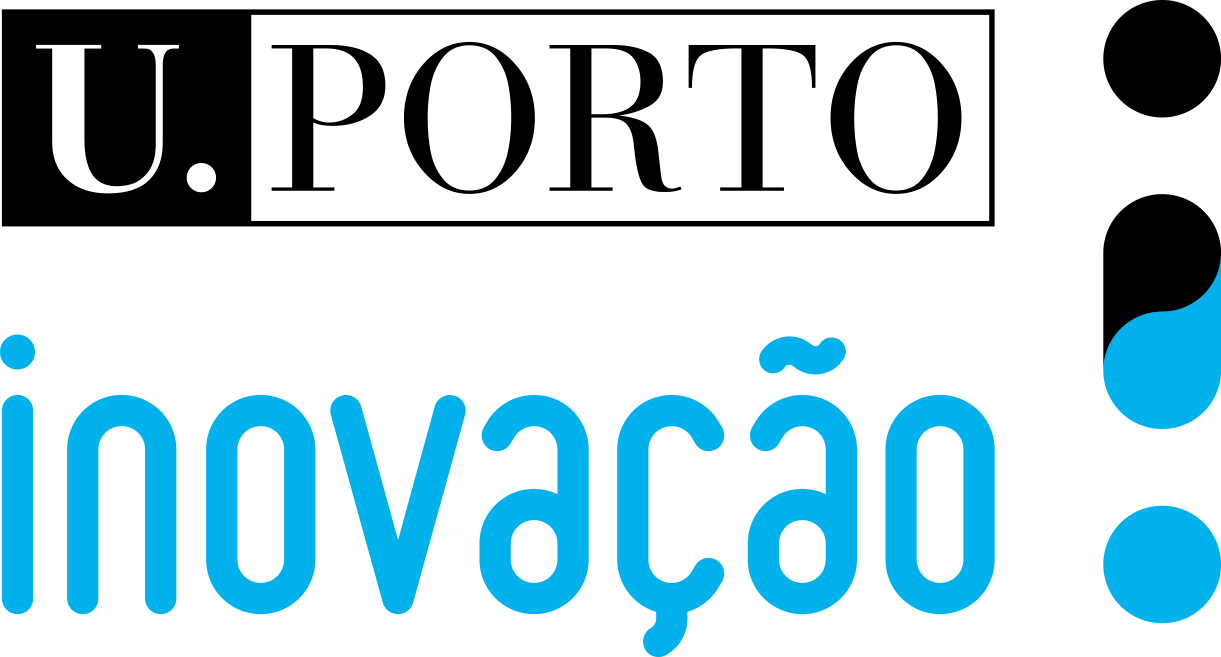
The present invention introduces a novel local drug-delivery system for treating periodontitis and peri-implantitis, set on a synthesis process that is both environmentally friendly and conducive to superior therapeutic outcomes and heightened biological responsiveness.
Central to this innovation is a one-step process to produce nanoparticles conjoined with antibacterial drugs without the need for organic solvents or high-temperature processes. This novel approach results in a unique nanoparticle structure that facilitates high drug loading and enables a pH-sensitive release. Additionally, the nanoscale configuration improves cellular uptake, enabling direct delivering of therapeutic agents to intracellular targets, critical to enhance antibacterial efficacy and for modulating the inflammatory response, pivotal in periodontitis/peri-implantitis treatment.
By combining bacterial targeting and inflammation modulation within a cohesive integrated approach, this system marks a significant leap forward in periodontal/peri-implant therapy, offering a comprehensive solution that addresses both the symptoms and the underlying causes of periodontal/peri-implant diseases, in a highly effective manner.
It is estimated, based on epidemiological surveys that periodontitis affects 20% - 50% of the world population, indicating a vast potential market for effective treatment options. Additionally, the prevalence of peri-implantitis can be as high as 43% in Europe, with substantial rates of recurrence and unresolved cases in the long term.
Standard treatment primarily relies on mechanical cleaning supplemented by systemic antibiotic therapy, which may lead to adverse effects and are often only marginally effective. Alternatively, the local antibiotic administration at affected sites has been attempted, yet, with a limited success, primarily due to a rapid clearance and low substantivity at affected sites. Moreover, existing local delivery systems face challenges related to their complex placement requirements, often conditioned on the depth of the periodontal pocket, along with inconsistent drug release and variable resorption rates. These factors can undermine their long-term efficacy and overall cost-effectiveness of the therapeutic approach.
- Nanoparticles engineered for enhanced intercellular activity, featuring a biodegradable and bioactive composition;
- Improved drug release profile that includes pH-responsive mechanisms;
- Highly-effective, patient-friendly and environmentally sustainable.
- Pharmaceutical and Biotechnology industries aiming to develop novel and strategic auxiliary therapies;
- Comprehensive service model provided by healthcare professionals, including the precise application of the nanoparticle therapy, tailored treatment plans for the patients and continuous monitoring to assess treatment outcomes and protocol adjustments.






